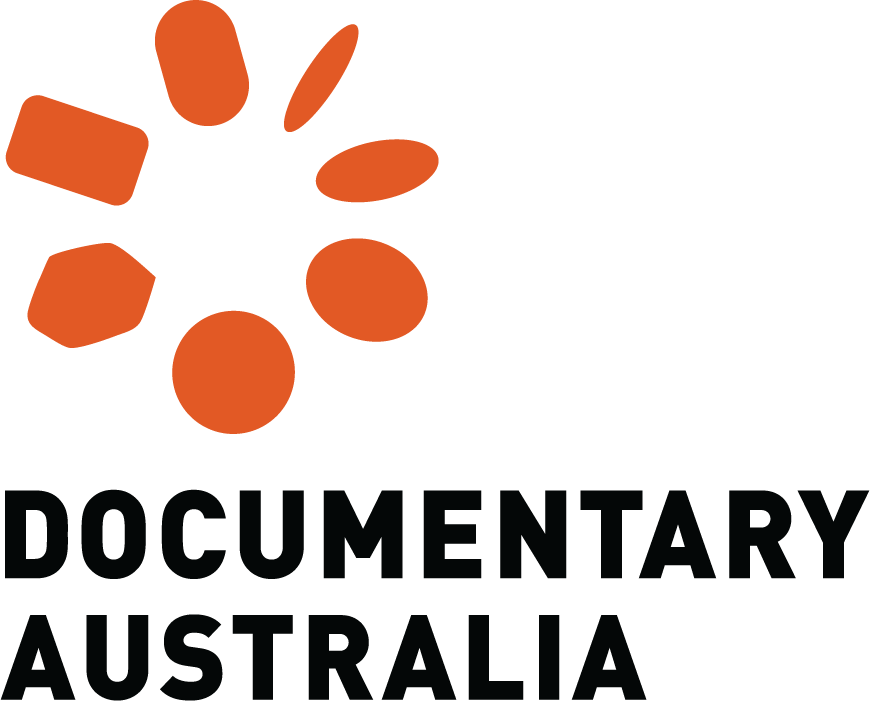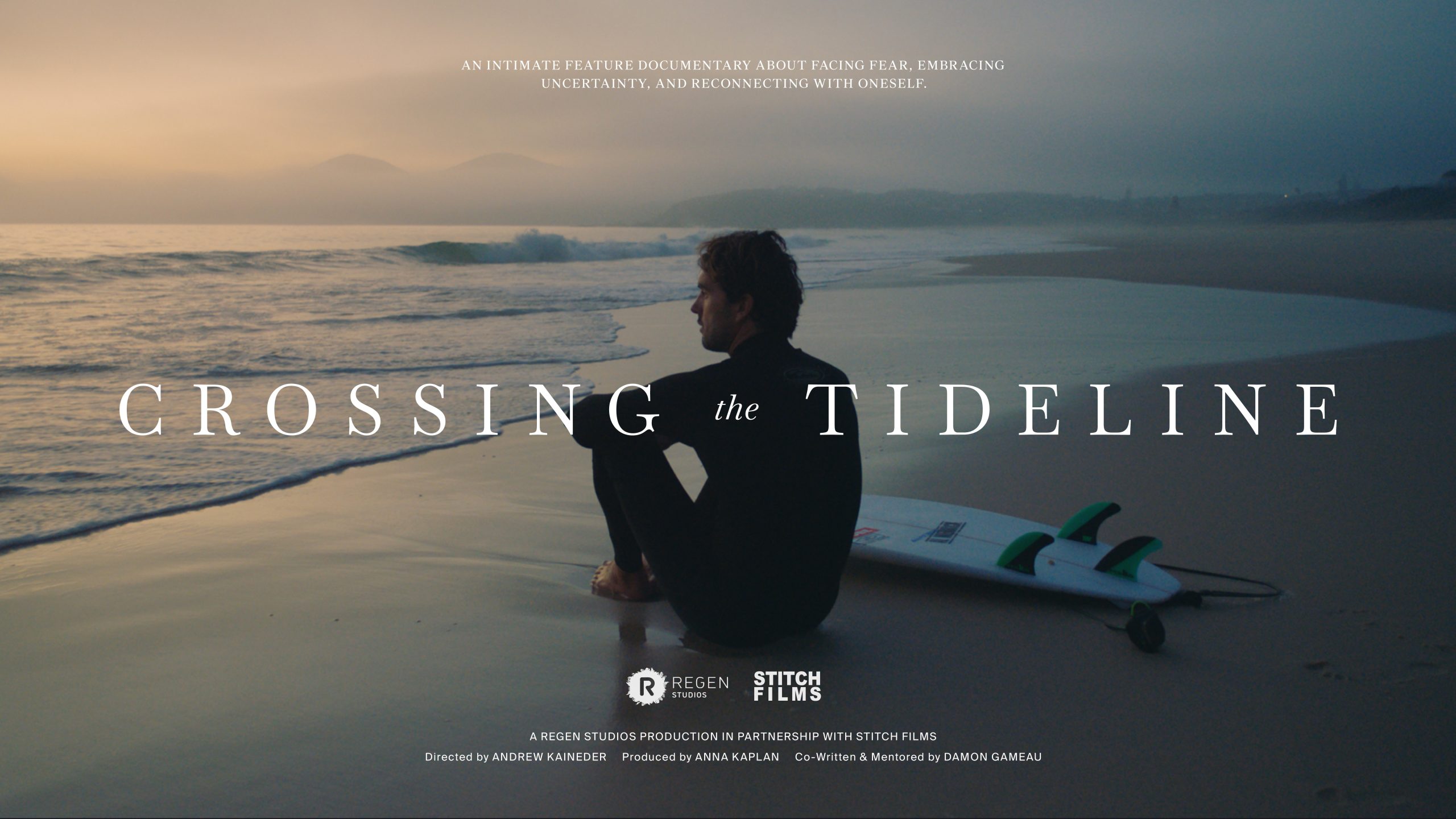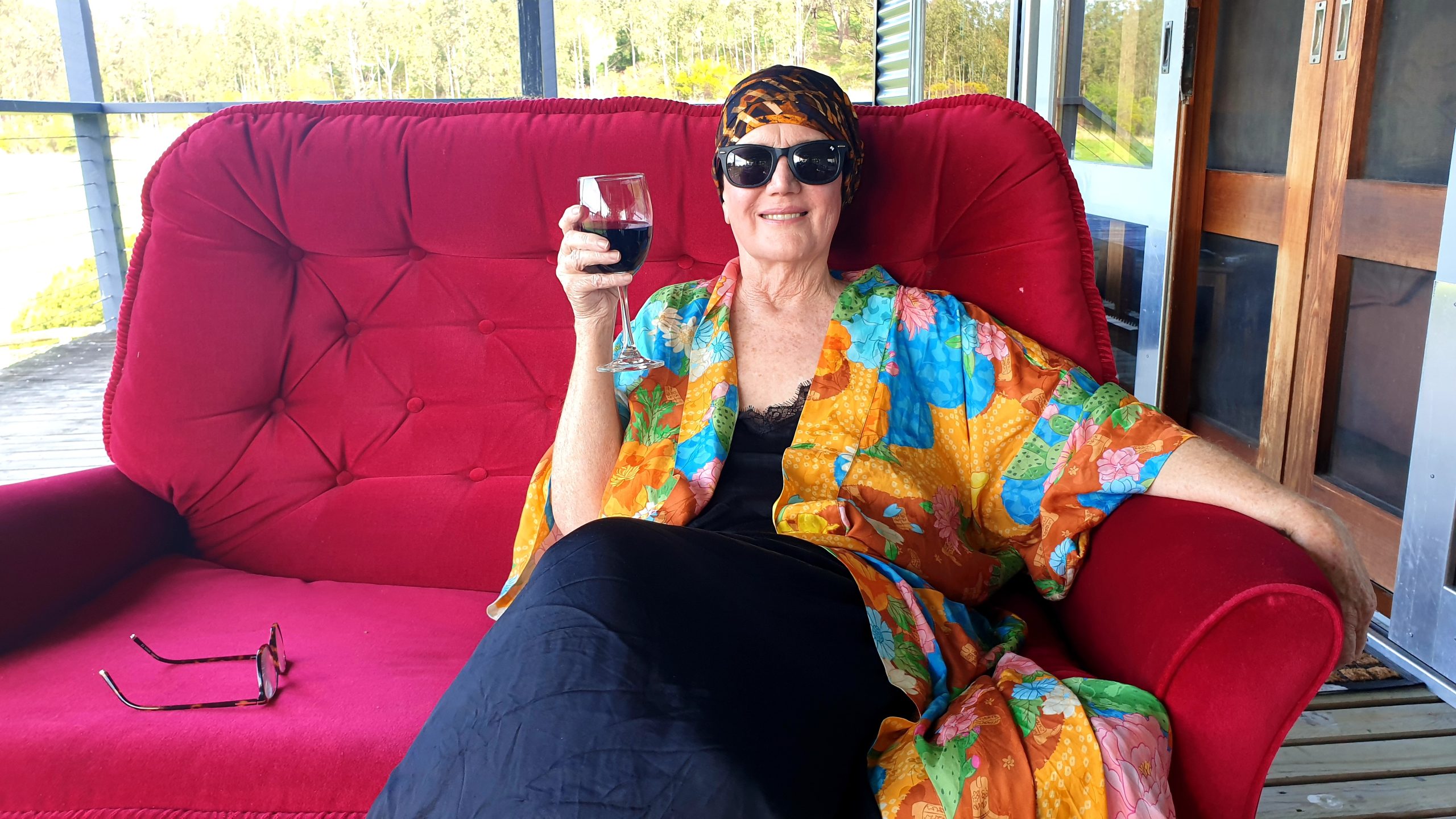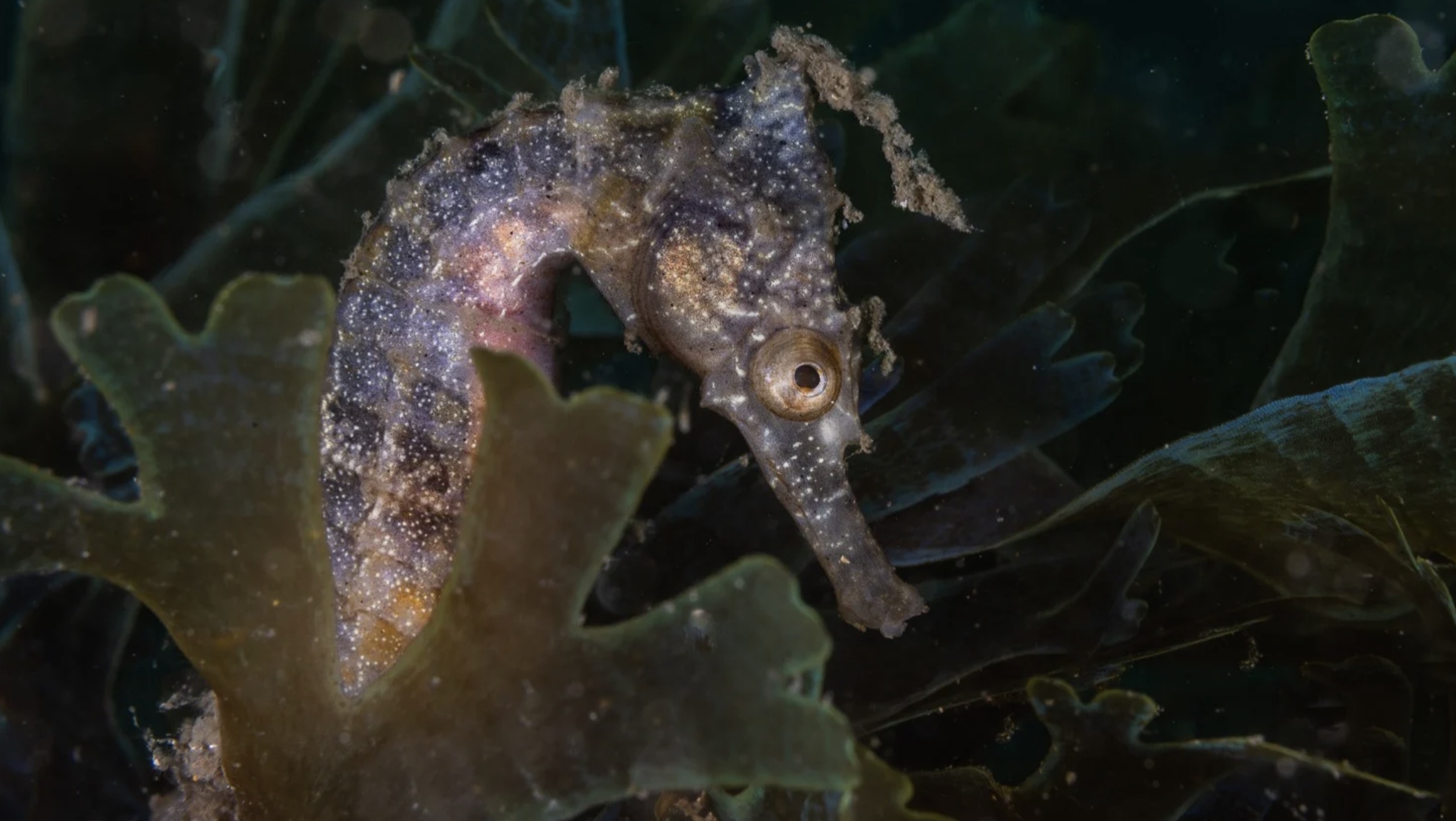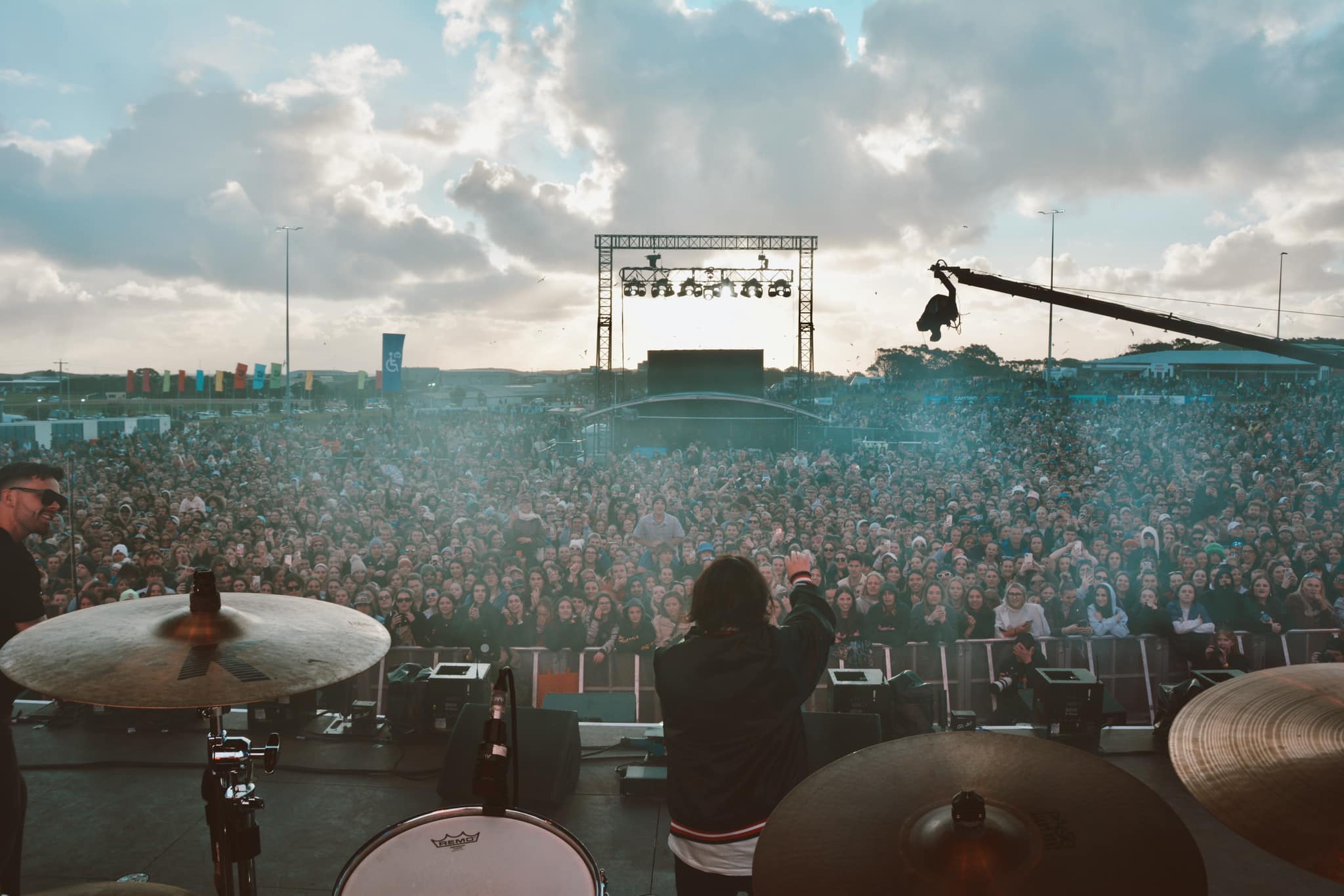Synopsis
Wildlife carers observe an increase in sick and injured koalas coming into care. A government enquiry finds that the koala could be extinct in the wild by 2050. Firestorms in 2019/20 followed by floods kill an estimated 61,000 koalas. Saving the koala will take more than the promise of emergency government funding, scientific research, or rescue and care. This film follows the fate of individual koalas that have survived so far but whose future is uncertain. Weaving stories with compelling characters- wildlife carers, scientists, and ecologists in the field, and informed commentary the film questions whether Australia can save an iconic threatened species like the koala. If not, what does it say about us?
Story
This is a documentary about the impact of habitat loss and other threats facing the Koala, which now on a trajectory for extinction in the wild by 2050. We have partnered with environmental organisations, grassroots activists, ecologists, and wildlife carers to tell the story of the koala across all its range of east coast Australia. Sydney has a little-known koala population, concentrated on the SW fringe between the Nepean and Georges Rivers. It is a healthy and growing population. With this advantage, it could help strengthen the gene pool of the wider NSW koala population, so its survival is key to the species’ survival. Starting with the story of SW Sydney’s koalas, under threat from a massive housing development in the Campbelltown /Appin area, we meet the members of Save Sydney’s Koalas: Pat and Barry, Sharyn, Sue Gay, and Saul Dean (TEC). Filming across a year in which they fight to preserve the “Koala Corridor” of the film’s title, where farmland is being cleared for a massive housing development at Mt. Gilead. The koala corridor is in the path of a $550 million dollar housing development in the Greater Macarthur Growth Area – an urban expansion area one-eighth the size of Greater Sydney. Developer Lendlease has DA approval for Stage One of the Figtree Hill project at Mt Gilead and as paddock trees fall to the bulldozers, it faces growing criticism for its approach to environmental protection. The only obstacle between the corporation and its goal is this small band of activists and their attempts to alert the public to the impact of the land-clearing. The protests and a court appeal fall on deaf ears, and the development look set to go ahead with government and council support. The Koalas looks at the fate of this last healthy koala colony and asks if the current approach to urban growth is compatible with the fight to preserve the wild koala. We look at biodiversity and environmental protection regulations and ask if there are adequate safeguards in the face of such massive development. Is the project a sustainable development or are NSW environment laws so weak that it can’t aid the preservation of such an endangered species? Meanwhile, we meet some Sydney koalas and the WIRES wildlife volunteers who care for them: a mum and joey, Bexley and Dhara (from Gilead), Wonnie (from Woronora) and Monty (from Kurrajong). We follow their stories- after rescue from car strikes or dog attack- and see how they recover and if they will be released back into the bush. We get to know the different koala personalities and see the selfless work of the WIRES volunteers. After meeting Monty, we learn that most NSW and Qld koalas suffer from Chlamydia, a disease with terrible symptoms that lead to blindness, infertility and, if untreated, a painful death. The treatment, a heavy dose of antibiotic, can kill the koala’s gut bacteria that processes the eucalyptus leaves on which it relies for food and water. We visit Port Macquarie and Lismore koala hospitals, where vets and nurses are treating koalas for the disease, as well as the usual car strike and dog attack injuries. At Lismore Friends of the Koala, we follow the daily routine of the hospital and learn about this unique marsupials’ care needs: following volunteers rehabilitating injured koalas. We also learn about the aftermath of the terrible bushfires of 2019/20 that killed so many native animals, some of which were treated at FOK. We meet science researchers who study, tag, release and track koalas in the wild, to learn about their range, behavior, diet and social structures. The researchers track their progress with radio receivers and log the data. We look at biodiversity and environmental protection regulations and ask if there are adequate safeguards in the face of such massive development. Is the project a sustainable development or are NSW environment laws so weak that it can’t aid the preservation of an endangered species? We ask architects, planners and economists how housing developments can be more sustainable, considering the environment and endangered species, in the face of escalating temperatures and crashing numbers of such animals. We look at interventions like wildlife crossings and highway underpasses. Meanwhile tagged koalas like Wonnie, from Woronora, are released into the bushland, and make their way across the urban fringe, dodging hazards like cars and dogs, in search of a mate; and FOK orphaned joeys Parlor, Magnus and Nexus are released into a eucalyptus plantation to prepare for life in the wild. The shy koala is now caught in the crossfire of politics, the economics of logging and housing development, and the public sentiment for its survival. On November the 10th, 2022, the NSW Government (LNP) just introduced a bill to scrap protections for koala habitat and fast-track logging, and so the Koala Wars look set to continue.
Production Stage
- Development
- Production
- Post-production
- Completed
- Outreach
DURATION: 91 MINUTES
Issue area
HUMAN RIGHTS & SOCIAL JUSTICE
CONTACT FILM TEAM
